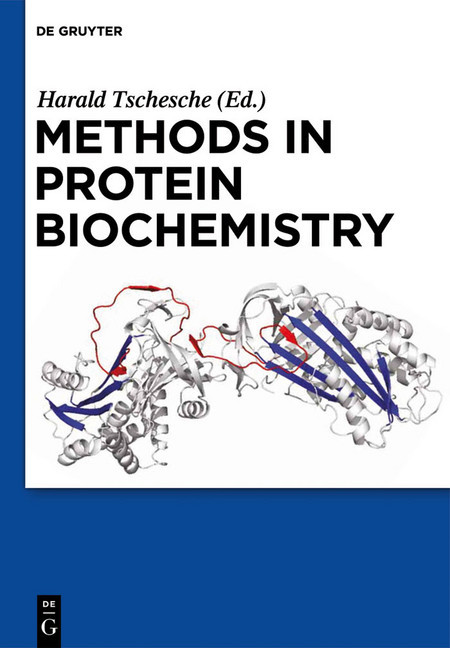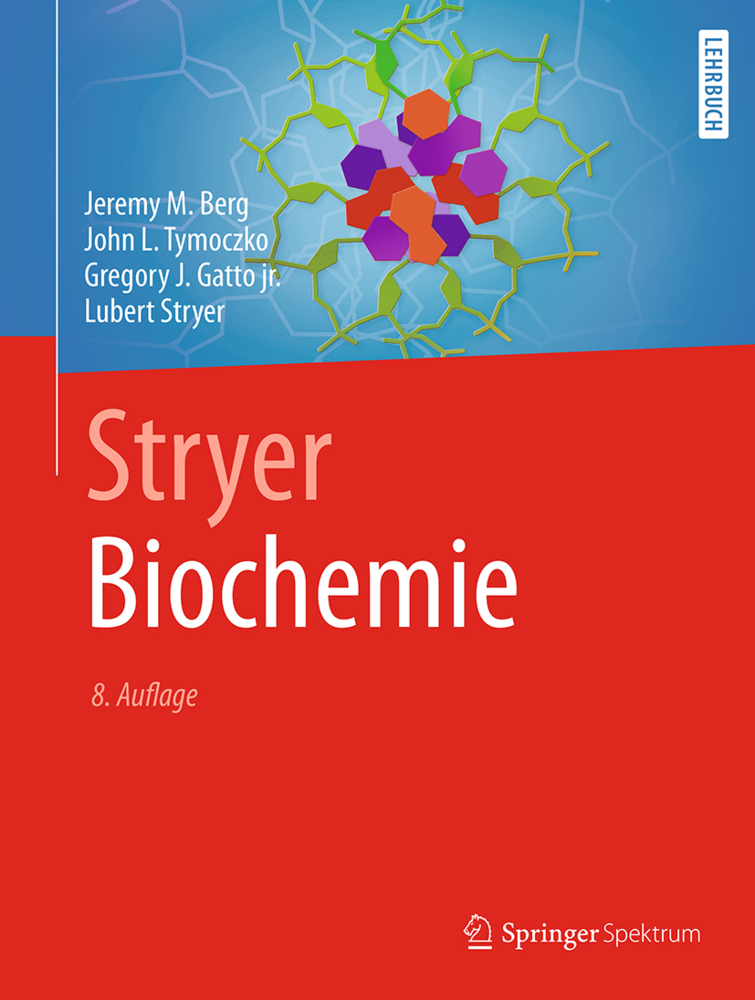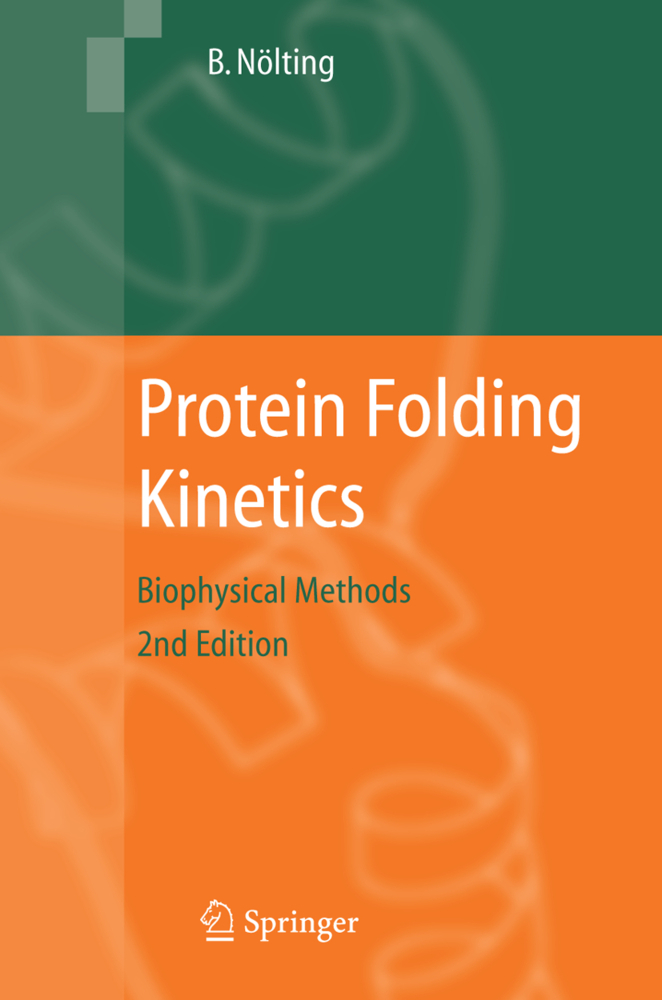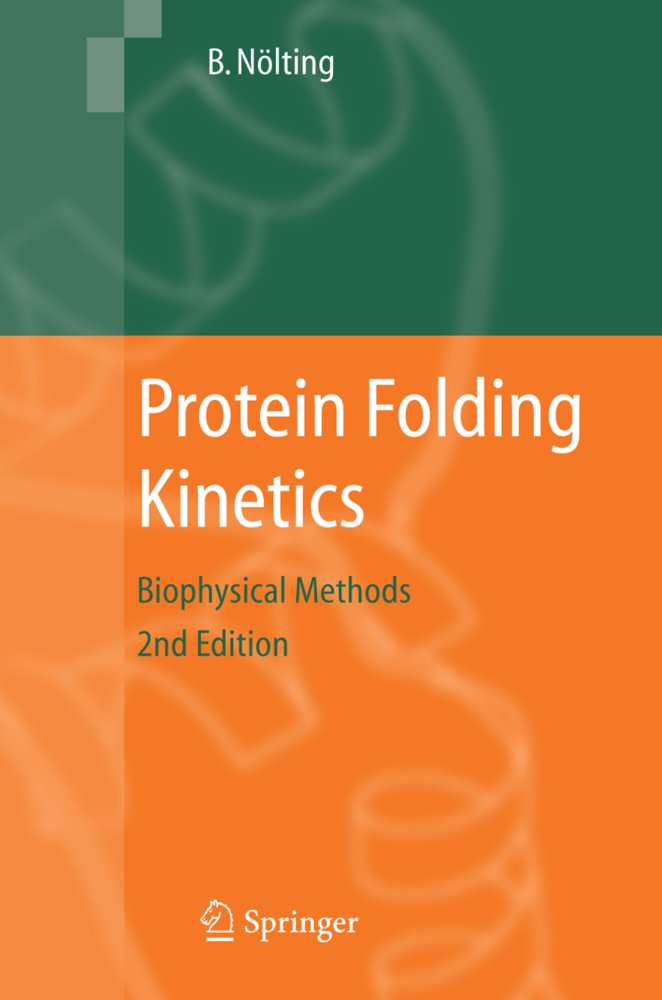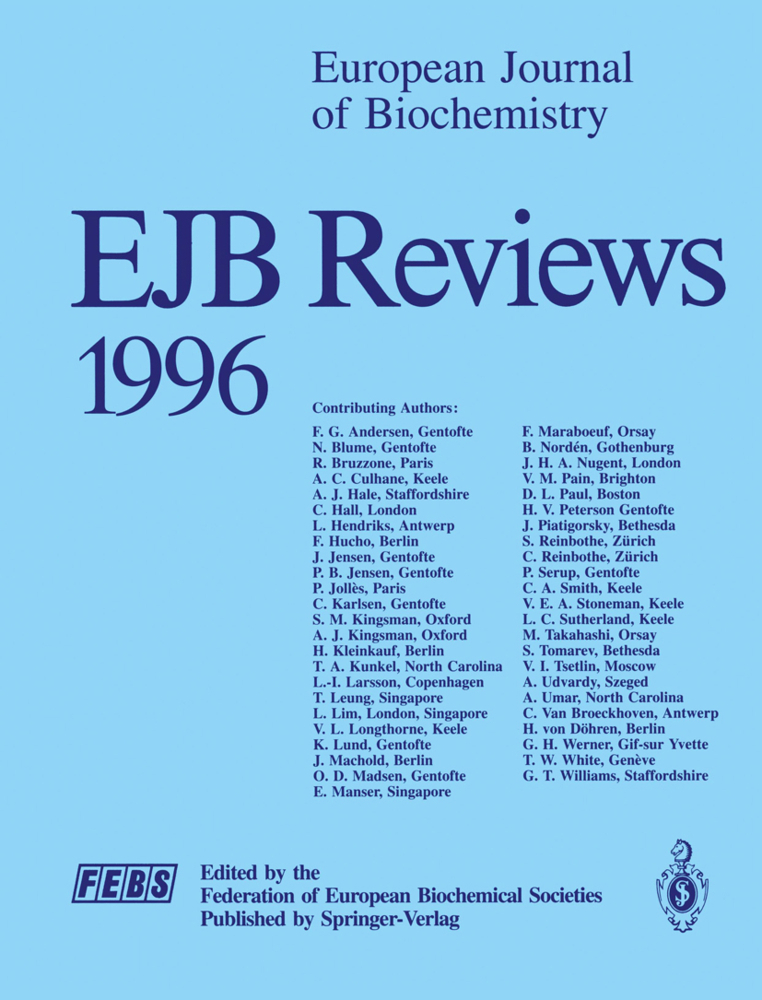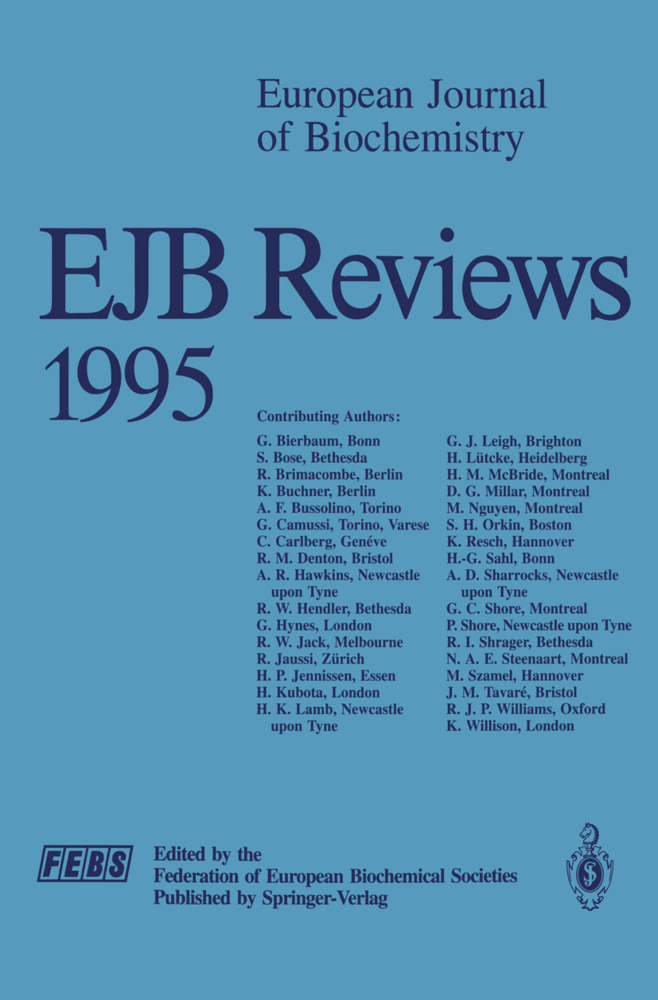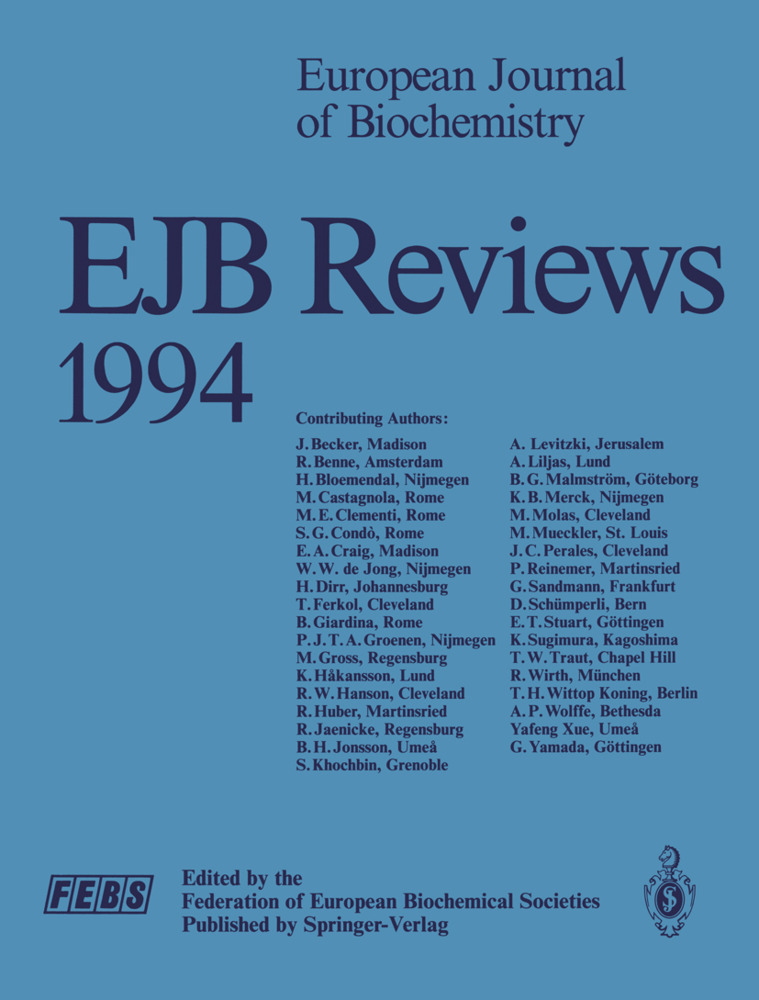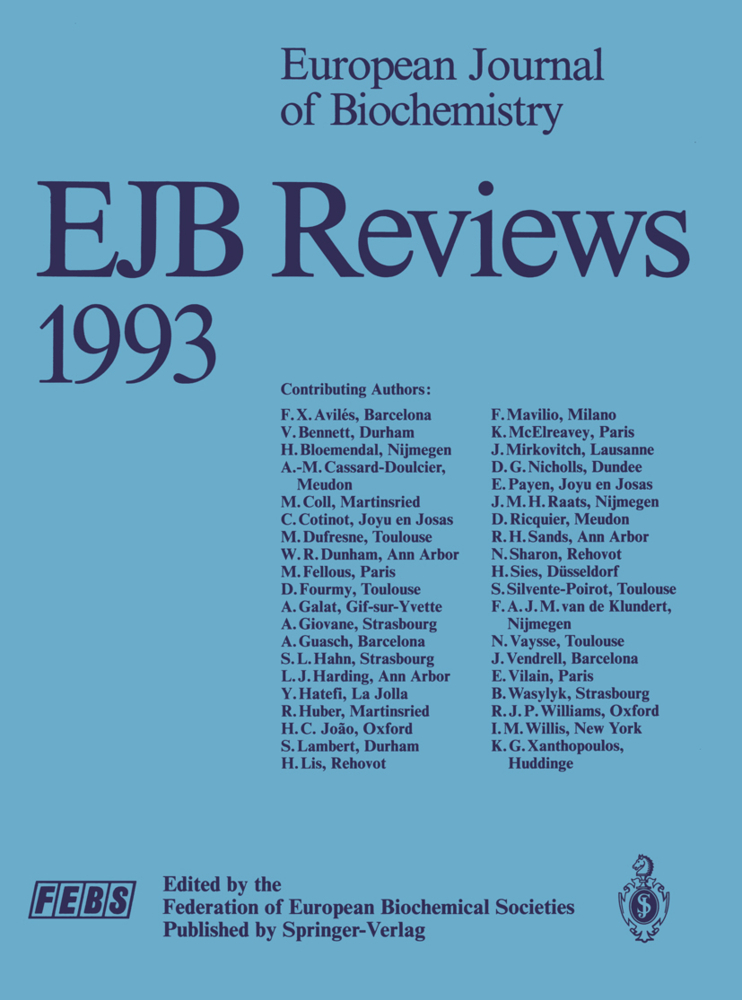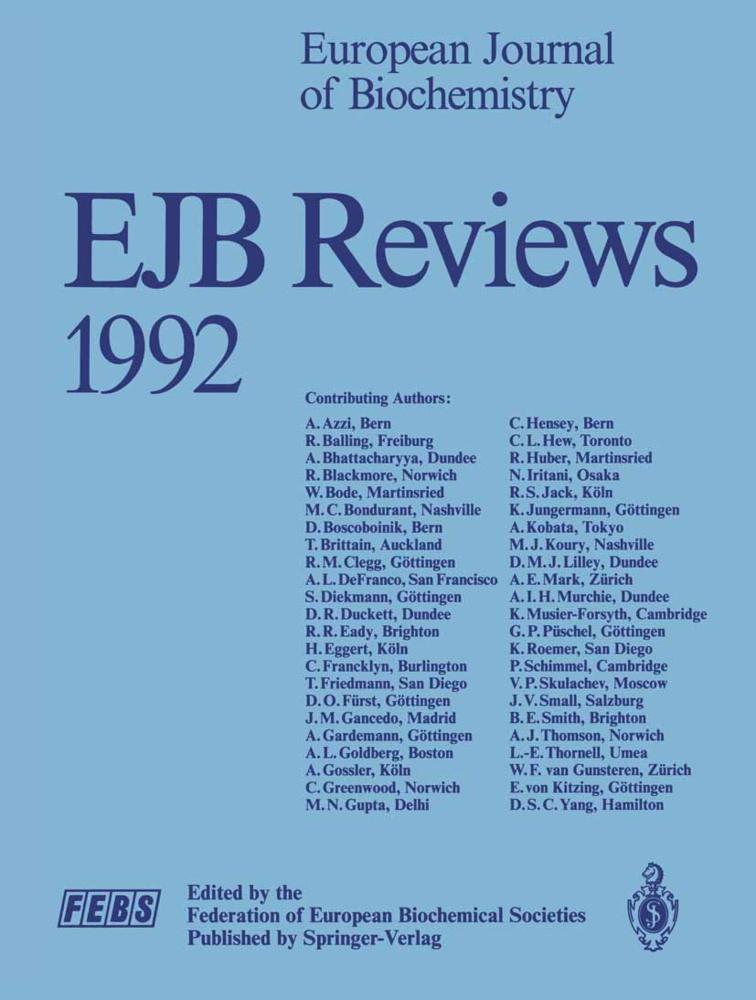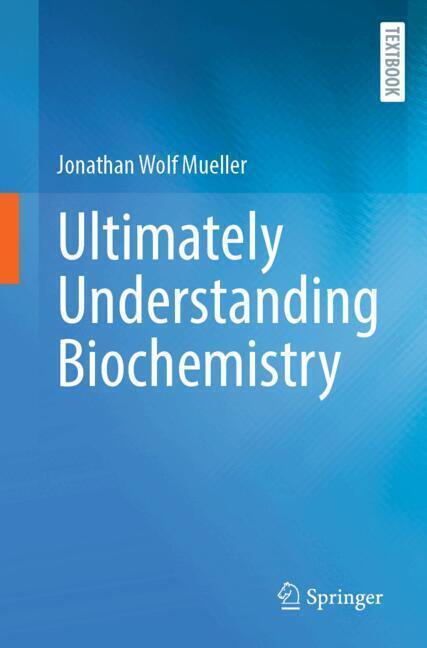This book presents a survey of recent developments in protein biochemistry. Top researchers in the field of protein biochemistry describe modern methods to address the challenges of protein purification by three-phase partitioning, and their folding and degradation by the functions of chaperones. The significance of peptide purity for fibril formation is addressed as well as the use of target oriented peptide arrays in palliative approaches in mucoviszidose. The design and application of protein epitope mimetics just as the structural resolving of the misfolding of various mutant proteins in serpinopathies enlarge our tools in resolving pathophysiological imbalances.
1;Preface;6 2;Editor;8 3;Contents;12 4;List of contributing authors;8 5;Abbreviations;18 6;Acknowledgements;26 7;1 Three-phase partitioning;28 7.1;1.1 Method;29 7.2;1.2 The mechanism of TPP;30 7.3;1.3 A practical example - the isolation of cathepsin L from liver tissue;31 7.4;1.4 Other applications;32 8;2 Folding and degradation functions of molecular chaperones;40 8.1;2.1 Introduction;40 8.2;2.2 The domain structure of Hsc/Hsp70;40 8.3;2.3 The Hsc/Hsp70 reaction cycle;42 8.4;2.4 Cochaperones determine the function of Hsc/Hsp70;43 8.5;2.5 In vitro reconstitution and functional analysis of the Hsc/Hsp70 chaperone system;43 8.6;2.6 Measuring the ATPase activity of Hsc/Hsp70;45 8.7;2.7 Determining chaperone activity;45 8.8;2.8 In vitro reconstitution of chaperone-assisted ubiquitylation;46 8.9;2.9 Concluding remarks;48 9;3 Membrane protein folding in detergents;50 9.1;3.1 Introduction;50 9.2;3.2 Interactions of membrane proteins with detergents;51 9.3;3.3 Techniques to characterize TM proteins in detergents;56 9.4;3.4 Applications of TM protein-detergent complexes;62 9.5;3.5 Conclusions;68 10;4 Glycoprotein-folding quality control in the endoplasmic reticulum;74 10.1;4.1 Introduction;74 10.2;4.2 Glycoprotein-folding quality control (QC);74 10.3;4.3 The UGGT;76 10.4;4.4 GII;79 10.5;4.5 CNX and CRT;81 10.6;4.6 ERp57;84 10.7;4.7 Methods to study glycoprotein folding QC;85 11;5 Conformational dynamics in peptides and proteins studied by triplet-triplet energy transfer;100 11.1;5.1 Introduction;100 11.2;5.2 Concept of TTET experiments to study intrachain loop formation in polypeptide chains;100 11.3;5.3 Diffusion-controlled loop formation in unstructured polypeptide chains;106 11.4;5.4 Detection of fast conformational fluctuations in folded peptides and proteins by TTET;112 11.5;5.5 Conclusions;118 12;6 Protein import into the intermembrane space of mitochondria;122 12.1;6.1 Introduction;122 12.2;6.2 The mitochondrial IMS;122 12.3;6.3 The mitochondrial disulfide relay;123 12.4;6.4 The sulfhydryl oxidase Erv1;123 12.5;6.5 The oxidoreductase Mia40;125 12.6;6.6 Substrates of the mitochondrial disulfide relay;125 12.7;6.7 Methods to study mitochondrial protein translocation;126 12.8;6.8 General comments to the analysis of thiol-disulfide redox states;132 12.9;6.9 Outlook;134 13;7 On-membrane identification of gel-resolved proteins by matrix-assisted laser desorption ionization mass spectrometry (MALDI-MS);140 13.1;7.1 Introduction;140 13.2;7.2 Methods for identifying proteins electroblotted onto the PVDF membrane;143 13.3;7.3 General comments to the analysis of proteins on membranes;145 13.4;7.4 PVDF membranes or diamond-like carbon-coated (DLC) stainless steel plates?;151 13.5;7.5 Concluding remarks;151 14;8 Analysis of protein complexes using chemical cross-linking and mass spectrometry;154 14.1;8.1 Introduction;154 14.2;8.2 Reagents for chemical cross-linking;154 14.3;8.3 The chemical cross-linking workflow;158 14.4;8.4 MS and data analysis;160 14.5;8.5 Practical examples;163 14.6;8.6 The use of spatial constraints for modeling;164 14.7;8.7 Conclusion and outlook;165 15;9 Single-crystal spectroscopy correlated with X-ray crystallography provides complementary perspectives on macromolecular function;170 15.1;9.1 Introduction;170 15.2;9.2 Ionizing radiation: essential for crystal structures; a problem and a reagent173 15.3;9.3 Cofactors in biology provide spectroscopic access to reaction cycles;174 15.4;9.4 Single-crystal spectroscopy correlated with X-ray diffraction;177 15.5;9.5 Correlated studies at beamline X26-C of the NSLS;180 15.6;9.6 Future prospects;186 16;10 Wide-angle X-ray solution scattering (WAXS);192 16.1;10.1 Introduction;192 16.2;10.2 Sample preparation;193 16.3;10.3 Sample-handling robot;194 16.4;10.4 Data collection;195 16.5;10.5 Data processing;196 16.6;10.6 Structural information;198 16.7;10.7 Size and shape;198 16.8;10.8 Secondary and tertiary structure;199 16.9;10.9 Quaternary structure;200 16.10;10.10 Structural c
Tschesche, Harald
| ISBN | 9783110252361 |
|---|---|
| Artikelnummer | 9783110252361 |
| Medientyp | E-Book - PDF |
| Copyrightjahr | 2012 |
| Verlag | Walter de Gruyter GmbH & Co.KG |
| Umfang | 378 Seiten |
| Sprache | Englisch |
| Kopierschutz | Digitales Wasserzeichen |

